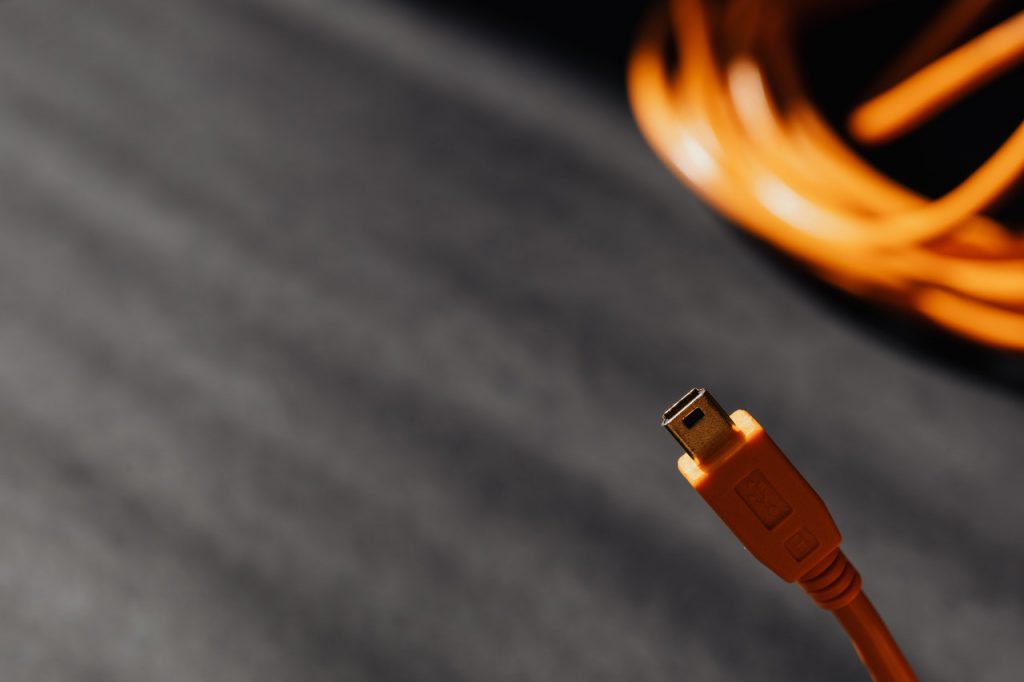Can New Hearing Amplifier (PSAP) Technology Change Hearing?

The past couple of years has seen massive improvements in the quality and technology of personal sound amplification products (PSAPs). If you’re new to these devices, you can get caught up by reading our Hearing Aid vs PSAP article, but to put it simply these small devices perform a similar function to hearing aids, amplifying surrounding noise, but at a fraction of the cost. Unlike hearing aids, hearing amplifiers (PSAPs) do not have approval by the Food and Drug Administration to be used as medical devices; rather, they are classified as electronic products that are to be used recreationally by people that want to amplify environmental sounds in certain situations.
If you think you may have some degree of hearing impairment, it is highly recommended that a professional hearing test be conducted to determine the cause of your hearing problems. However, studies are beginning to demonstrate that good PSAPs can sometimes outperform traditional hearing aids, especially when it comes to speech intelligibility in a quiet environment; to the degree that they may even act as a good alternative to traditional hearing aids in certain cases! In addition, new features and upgrades are elevating not only the hearing aspect of PSAPs but the entire experience as a whole.
Bluetooth Functionality Is Here To Stay
The Bluetooth functionality available on most high-end PSAPs makes them extremely convenient and useful devices. They pair easily with your smartphone and can seamlessly stream music or other audio from your phone to your PSAP. To top it off, PSAPs these days are designed to resemble Bluetooth headsets, which means people that need to use them can blend in more easily, and avoid the stigma caused by traditional hearing aids that look like medical devices.
Some models also include a remote microphone that connects directly to the PSAP via Bluetooth. You simply place the microphone where the sound you need to hear is located, and it transmits directly to the PSAP.
What’s With the Smartphone App?
Many PSAPs on the market today include a dedicated app that you download easily to your smartphone. The app lets you easily change the volume or other settings without needing a specialist to tune it for you.
Some apps also include an in-app hearing test, which automatically tunes sound frequencies to the user’s needs. These apps make most PSAPs highly customizable and easy to customize – your smartphone essentially acts as a remote control for the PSAP, where you can change settings based on your preferences.
Olive’s App is one such example of a PSAP App that comes packed with features. You can switch between pre-set modes such as TV Watching or Conversation mode to get the most optimal listening experience, take a 5-minute hearing test that customizes the product to your ears’ specific needs, easily adjust the volume, and cancel background noise among others.
Rechargeable Batteries Means More Convenience

Rechargeable PSAPs are often more expensive than PSAPs with replaceable batteries, but the convenience and savings are often worth the higher price. As long as you have access to an electrical outlet, you can charge your PSAPs anytime and anywhere. The rechargeable batteries in PSAPs typically last six to eight hours, enough to get you through the day. With higher quality PSAPs you can just recharge the device while you sleep for practically no usage downtime! More and more rechargeable PSAPs are coming onto the market, which is also good for the environment- it decreases the waste generated by disposable batteries.
Rechargeable batteries in PSAPs do have their drawbacks, however. For instance, if you are in a situation where you don’t have access to electricity for more than a day (such as with camping) then you will be unable to use your PSAP once the batteries drain, as you can’t simply change the batteries for fresh ones. Also, if you are an avid user of the Bluetooth function of many PSAPs to stream music and other audio, your battery will drain faster than through normal use. In these cases, be sure to bring a portable charger, or choose devices with extra charges in their carrying case.
What Is Compression and Why Is It Important?
The sound in a given environment has a dynamic range, which is the difference between the loudest portion of the sound and the quietest portion. This may apply to a song, a noisy restaurant, or a crowded concert hall. Often the quietest portions are drowned out by the loudest parts, and quite often those quiet portions of the sound are the parts you want to hear!
Compression is the process of reducing a sound signal’s dynamic range, which is accomplished by decreasing the loudest portions and augmenting the result so that the quieter portions of the sound can be heard more easily. Not all PSAPs are programmed to provide compression, but it’s an important feature that will help you hear the things you want to hear, so keep compression in mind when researching the features of a particular PSAP.
Other Features To Consider When Looking For the Right PSAP
Modern PSAPs offer many other great features that are designed to help you hear things better. For instance, directionality is a feature aimed at improving your understanding of speech by focusing on what’s in front of the wearer (usually the speaker). Noise reduction is a feature that is designed to remove unwanted background noise, such as the hum of an air conditioner or other droning sounds. Feedback suppression is another feature of that works to reduce the annoying high-pitched feedback sound that often occurs with hearing aids and other amplifiers.
One last point to consider: if you think you might be experiencing hearing loss, the best thing to do is to have a formal hearing test and evaluation by a licensed audiologist to determine if you do have hearing loss, and learn what your treatment options are. While PSAPs are quickly improving, they are still not a suitable replacement for the majority of people with some form of hearing loss.
aarp.org/, jhucochlearcenter.org/, pubs.asha.org/, ncbi.nlm.nih.gov/
The post Can New Hearing Amplifiers (PSAP) Change Hearing? appeared first on Olive Union.
 (708) 847-3208
(708) 847-3208





 Everyone has had or dealt with dry skin at some point in their lives. It can be caused by the environment, allergens, lifestyle decisions, and many other varying factors and can be quite a nuisance to deal with, even painful. Similarly, the same can be said for dry ears. Similar to how skin produces oil […]
Everyone has had or dealt with dry skin at some point in their lives. It can be caused by the environment, allergens, lifestyle decisions, and many other varying factors and can be quite a nuisance to deal with, even painful. Similarly, the same can be said for dry ears. Similar to how skin produces oil […] Web designer is a particularly accessible job for the hearing impaired as well, because most of the communication involved tends to be digital. Salary...
Web designer is a particularly accessible job for the hearing impaired as well, because most of the communication involved tends to be digital. Salary...


